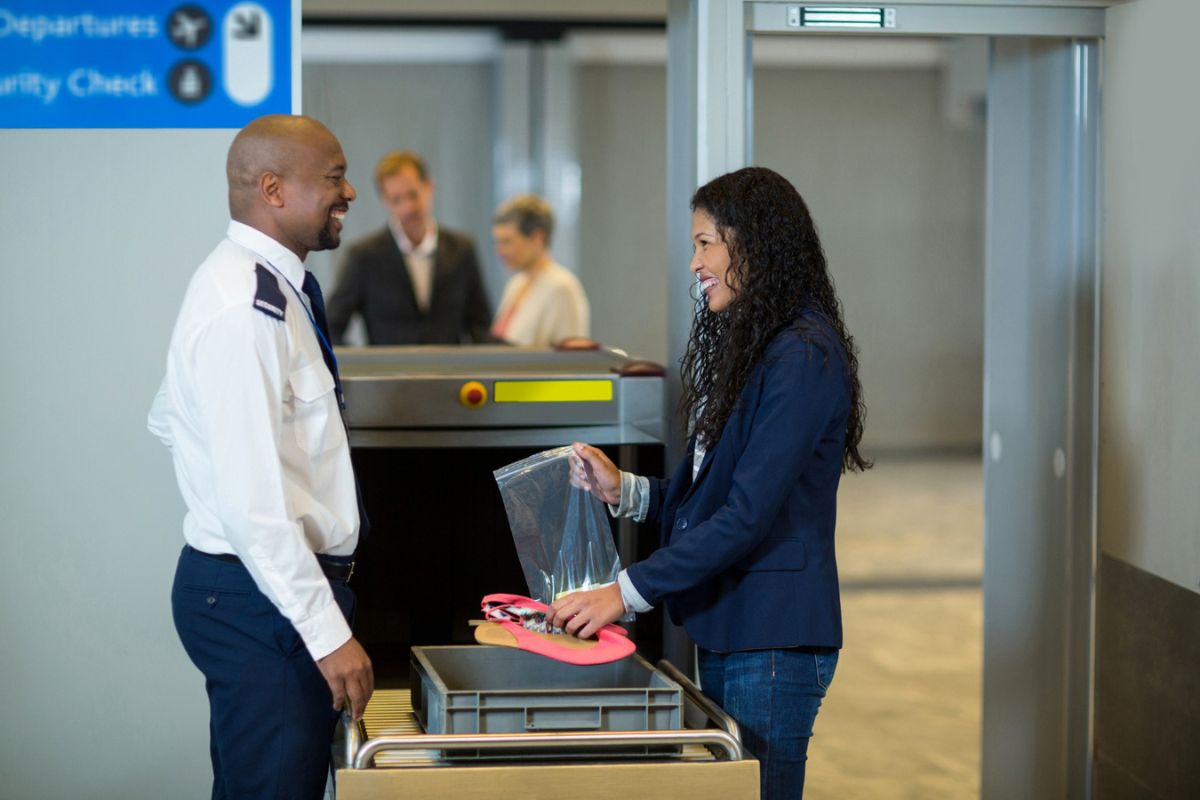Travelers flying from US airports can now breathe a sigh of relief. After nearly 20 years of making passengers remove their shoes at airport security, the Transportation Security Administration (TSA) is finally walking back that rule.
As of this week, passengers at several major US airports will no longer need to take off their shoes during general security screening, even if they’re not enrolled in TSA PreCheck. This marks a major shift in airport screening policy, with plans to expand the change to all US airports soon.
Let’s break down what’s changing and why it matters.
Why Was Shoe Removal Required in the First Place?
The infamous “shoes-off” policy began after the 2001 “shoe bomber” incident, when Richard Reid attempted to detonate explosives hidden in his footwear on a transatlantic flight. In response, the TSA made shoe removal mandatory in 2006, aiming to prevent similar threats and enhance aviation security.
The New TSA Policy: What’s Changing?
Until now, the only passengers allowed to keep their shoes on at security checkpoints were those enrolled in TSA PreCheck, the paid expedited screening program.
Here’s what’s new:
- All passengers in general screening lanes, not just PreCheck travelers, will be allowed to keep their shoes on.
- The rule is already in effect at many major airports across the US.
- A nationwide rollout to all airports is expected soon, according to the TSA directive.
However, if you trigger an alarm during screening, you’ll still be asked to remove your shoes for additional checks.
Which Airports Are Leading the Change?
The new policy is already in effect at several major airports, including:
- Baltimore/Washington International Airport
- Fort Lauderdale-Hollywood International Airport
- Portland International Airport
- Philadelphia International Airport
The TSA aims to expand this to all US airports in the coming weeks
Why TSA Is Changing Course Now
The change reflects TSA’s ongoing efforts to modernize security without compromising safety. Critics have long pointed out that shoe removal slows down lines, creates a hassle, and offers questionable value in actual threat detection.
With advancements in scanning technology and risk-based screening strategies, TSA now believes it’s possible to maintain security without requiring everyone to go barefoot at the airport.
What Travelers Should Expect at the Airport
Here’s what you need to know before heading to the airport:
| Screening Type | Shoe Removal Required? |
|---|---|
| TSA PreCheck | No |
| General Screening | No (at participating airports) |
| Additional Screening | Yes, if triggered by scanners |
- Watch for signage at the checkpoint. Not all airports have implemented the rule yet.
- If you’re randomly selected for additional screening or set off a scanner, expect to remove your shoes, regardless of the new policy.
Bottom Line
This update is a win for travelers. After years of complaints about unnecessary inconvenience, TSA is finally modernizing airport security, one step at a time.
The rule change hasn’t hit every airport yet, so don’t toss your slip-ons just yet. But if you’ve ever cursed the ritual of untying your shoes at the checkpoint, you’re about to have one less thing to deal with on your next trip.
Stay tuned for more updates as the policy rolls out nationwide.
